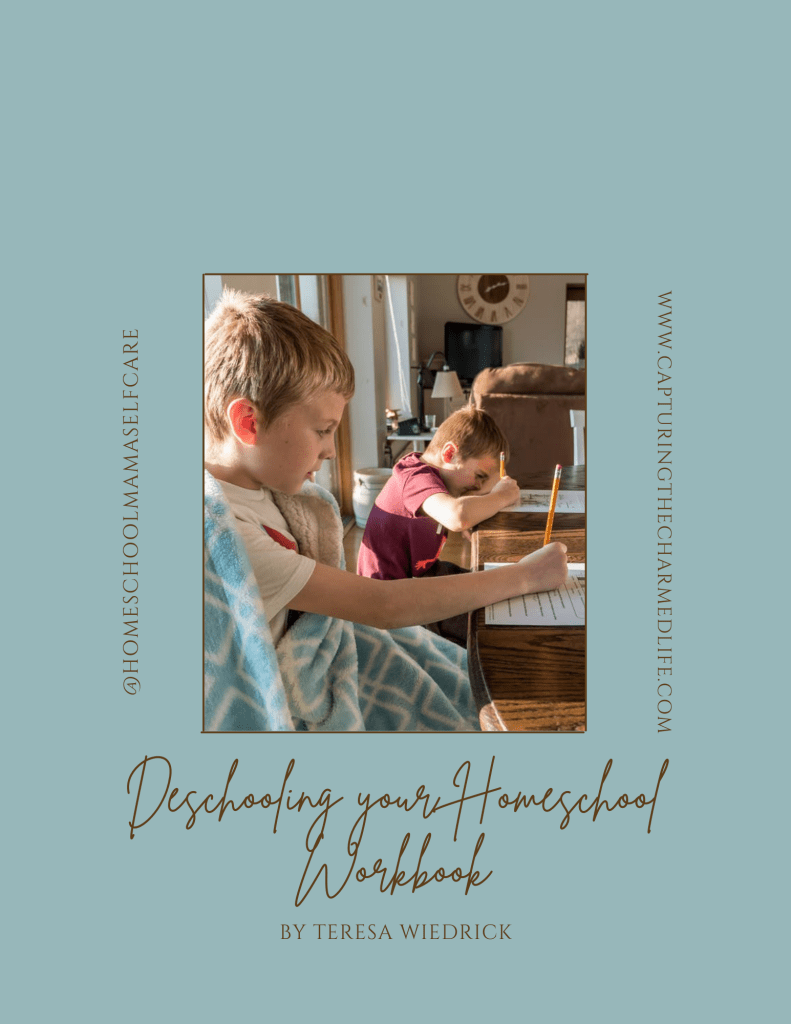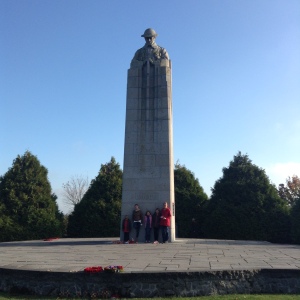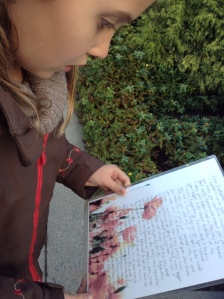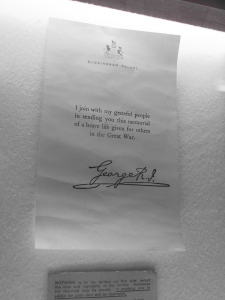Once upon a time, for seven years of our homeschool journey, our family travelled on the regular. During this Remembrance season, I share our field trip to world war sites.
There’s nothing like a developing world experience, a dose of traveler’s diarrhea, malaria, a military coup an hour away, airport scanning for Ebola, and visiting World War 1 sites to wake me up to the potential harshness of this world.
But this is the season to remember. And in remembering the hard things of life, we more sweetly appreciate the joys.
In this post, I share how to study World War 1 in homeschool…
There’s been debate as to whether we should continue to mark this day with holiday status. There has been diminished interest in youth in marking this day at all. My history-impassioned husband shared these thoughts on the significance of remembering world war history.
“Millions of soldiers and civilians were casualties of WW1. However misguided in their militaristic adventures, however unfortunate in their unintended entanglement, they all died directly or indirectly in the pursuit of noble causes. The war and post- war negotiations had a cascade of historical impact: WWII, the political divisions of the Middle East, the rise of fascism and communism, and subsequent decisions of those years. In order to go forward with clarity and intention, we must understand the past. Visiting, learning, and absorbing facilitates wisdom for future decision-making.”
So when we arrived in Amsterdam after our Western African trip, we triple-trained it from Amsterdam to Rotterdam, to Brussels, then to Bruges for a guided day trip.
We were picked up the next morning by a tour guide and drove forty-five minutes to the countryside beyond Ypres.
Our first stop was Lange Mark.
A mass cemetery of 27,000 ‘kindermorten’…fifteen to eighteen-year-old German boys, were an easy target for the Boer War-seasoned British military veterans. 44,000 Germans were buried there.
Adolph Hitler was one of these teenagers, though he was injured and not killed. These teenagers died for reasons that weren’t well understood in a military strategist’s eyes. The battle continued for years on this flat land.
This location would also set the scene for a return battle in World War 2 as Adolph Hitler believed it imperative that he conquer Ypres.
Names of those buried in this grave…
Each of these grave markers has seven men buried, one on top of another.
Our next stop was to St. Juliaan where we visited the Brooding Soldier monument acknowledging the second Battle of Ypres.
There were four years and four battles in this area. In the second battle, tanks of chemical warfare were sent with the westerly wind toward the Allies.
That backfired. The wind changed direction and that mustard gas killed many Germans.
On this site today, the soil, stones, gravel, and trees were contributed by the Canadian government. On a stone monument, a Canadian guest visitation book awaited Canadian names and hometowns.
Madelyn pored over a laminated letter written by a fellow Canadian to a grandfather memorialized at this site.
“Sad, very sad, so sad.” We’d hear her repeat this every time we stopped at another location. I even heard muttered from our eleven-year-old, “May you rest in peace.”
There wasn’t much distance between the different locations of battles in this area, because though the battles were discussed in separate accounts, even sometimes with separate books, the locations were actually very close, sometimes only a few miles apart, so I didn’t have much time.
We stopped at the largest British military cemetery on the European mainland, the Tyne Cot cemetery. A soft, young female voice read the names of the military personnel buried at this site, photos flashing as Zach watched mesmerized.
This was how our kids learned World War 1 history…reading their stories.
We’d later see thirty-five thousand MIA soldiers’ names were engraved on the surrounding walls.
There were many soldiers named too. King George of England acknowledged each of them.
Touching letters from a wife to husband were maintained for our viewing. I can only imagine…
And the letters she would receive would break her heart…
This private was buried by his fellow soldiers in September 1917, believed to be dead. His friends unburied him because they didn’t believe he was dead. He wasn’t.
But on the ninth of October, he would die as he came out of the trenches to use the latrine.
Being sent a letter of your son’s death in war must have been heartbreaking…
I found this story especially interesting, as the fellow’s last name is one of my family names.
Interesting to me is the resemblance of the young man to a cousin of mine.
A melted gas mask…
The summer of 1917 was known as the Big Push.
Not much had happened for a year: Germans sat on one side and the Allies on the other. Attempts at taking Ypres failed. The Third Battle of Ypres, known as Passchendaele, with its flooded field of clay muck, would be the hardest won.
Here it is in present-day, a recently harvested canola field.
“In this great testing time, Canada
The Right Honorable Robert Laird Borden, in a speech of December 7, 1914
has made it known to the Empire
and to the world her true spirit. It
has animated the men who are
flocking in thousands to do their
part…’

Deschool your Homeschool Journaling Workbook
Deschool your homeschool journaling workbook that aids in your self-exploration, to get clear on how you can bring freedom & individualization into your homeschool.
People also ask:
- Homeschool Resources for Teaching World War 2 to an Eight Year Old
- Tell me how I can get a charmed homeschool?
- How to Engage Art History in your Homeschool in a Child-Directed Way
- What you want to know about unschooling: 5 ways to move towards it in your homeschool
- Do you offer one-on-one homeschool coaching? Yes! Book a session here.
























